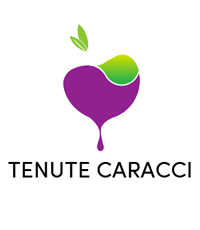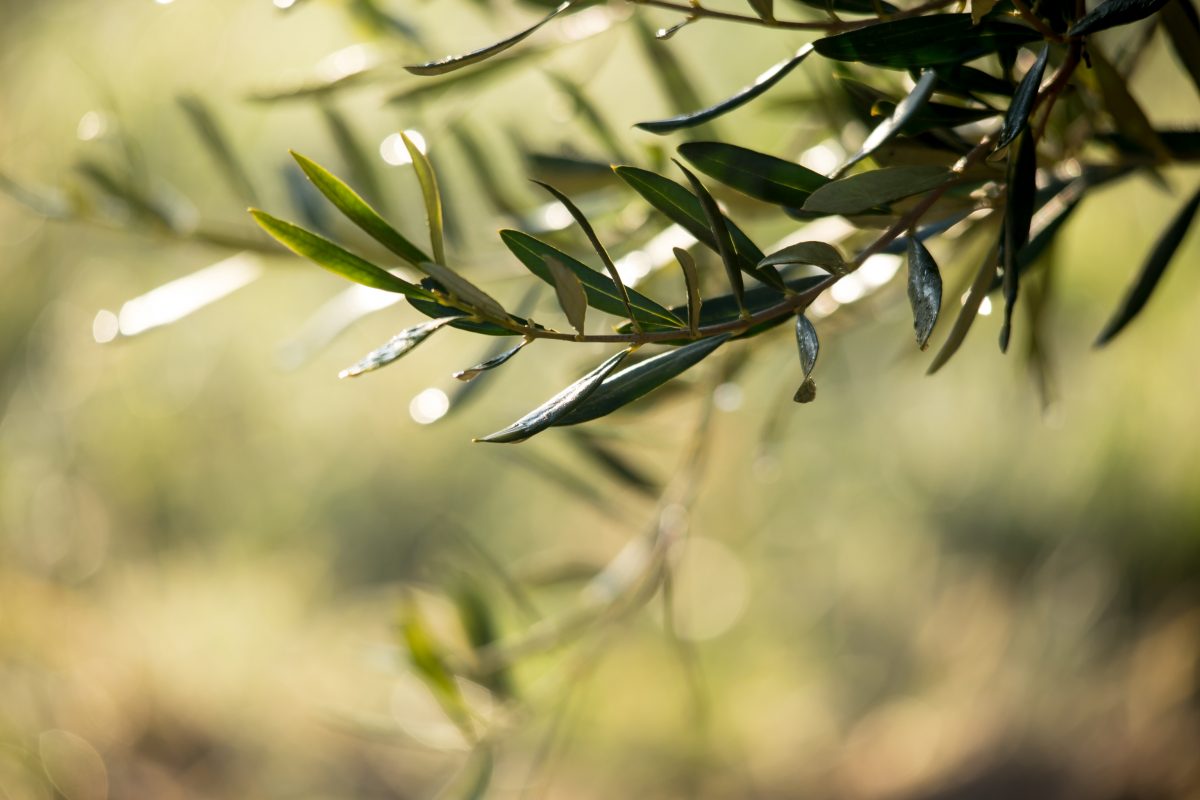D.O.P. Oil
Secrets of Abundance: On What Does the Amount of Olives on a Nocellara del Belìce Tree Depend?
Nocellara del Belìce: Olive Production and Factors Influencing Yield
The Nocellara del Belìce is one of the most prized olive varieties in Italy, known for its unique flavor and versatility in both table use and extra virgin olive oil production. However, achieving a plentiful and consistent yield from this variety is not an easy task: the quantity of olives produced by a Nocellara del Belìce tree depends on several factors. In this article, we will explore the secrets that influence the productivity of these trees, from soil care to climatic conditions, pruning techniques, and irrigation.
Soil: The Foundation of Productivity
Soil is the first key factor that determines the success of cultivating a Nocellara del Belìce tree. This variety thrives best in well-drained, deep soils rich in organic matter.
- Soil pH: A slightly alkaline soil (with a pH between 7 and 8) is ideal to optimize nutrient absorption.
- Nutrients: Nitrogen, phosphorus, and potassium are essential for vegetative growth and fruit formation. Magnesium and boron also play a fundamental role in the tree’s health and olive quality.
A poor or poorly managed soil can seriously compromise productivity. Therefore, it is advisable to regularly conduct soil analyses to monitor its condition and intervene with targeted fertilization.
Climate and Location: Ideal Conditions
Nocellara del Belìce thrives in Mediterranean climates, characterized by mild winters and hot, dry summers.
- Temperature: Too low temperatures or frost can damage the flowers and fruits, drastically reducing the yield.
- Sun Exposure: Trees require good exposure to sunlight to ensure optimal photosynthesis and uniform olive ripening.
- Wind: Excessive exposure to wind can cause mechanical damage to the flowers, while a very humid environment favors the development of fungal diseases like peacock’s eye and olive knot.
Pruning: The Key to Perfect Balance
Pruning is essential to keep the tree healthy and productive. Proper pruning ensures a good balance between vegetative growth and fruiting.
- Training Pruning: In the early years, pruning helps to give the tree a strong and well-ventilated structure.
- Production Pruning: Later on, it is important to remove old, weak, or diseased branches to stimulate the growth of new fruit-bearing shoots.
- Excess Vegetation: Too many branches or a dense canopy can limit light exposure and reduce fruit production.
A common mistake is pruning too late or too aggressively, causing an imbalance that can lead to a phenomenon known as production alternation, where the tree produces many olives one year and few or none the following year.
Irrigation: The Importance of Water
Although Nocellara del Belìce is a drought-resistant variety, proper irrigation management can make a difference in terms of both quantity and quality of olives.
- Critical Stage: During flowering and fruit enlargement, the tree needs a constant water supply. Water shortage during these stages can lead to poor fruit set or small-sized fruits.
- Excess Water: On the other hand, excessive irrigation can cause waterlogging and encourage root diseases.
A drip irrigation system is often the best choice, as it allows the tree to receive the right amount of water without waste.
Pollination: A Crucial Factor
Nocellara del Belìce is a self-incompatible variety, meaning it cannot pollinate itself. To ensure good fruit set, compatible pollinating varieties, such as Biancolilla or Cerasuola, must be planted nearby.
Pollinating insects, such as bees, play a crucial role in this process. Therefore, creating an environment favorable to their presence can significantly increase productivity.
Management of Diseases and Pests
Diseases and pests represent one of the greatest threats to olive yield. Some of the most common issues include:
- Olive Fly: It can severely compromise both the quantity and quality of olives.
- Peacock’s Eye: This fungal disease affects the leaves, reducing the tree’s photosynthetic capacity.
- Olive Knot: Caused by bacteria, it damages the branches and can compromise the entire structure of the tree.
Regular monitoring, along with preventive and curative treatments, is essential to keep the trees healthy.
Advanced Agronomic Techniques
In recent years, many farms have adopted innovative agronomic techniques to optimize olive production. These include:
- Foliar Fertilization: Used to provide nutrients quickly and efficiently.
- Use of Biostimulants: These products improve the plants’ resistance to biotic and abiotic stress.
- Precision Agriculture: Technologies such as drones and sensors allow for monitoring the health of the trees and optimizing resources.
Conclusion
The amount of olives produced by a Nocellara del Belìce tree depends on a combination of natural factors and cultivation techniques. Understanding the specific needs of this variety and adopting appropriate agronomic practices is the first step towards obtaining abundant and high-quality harvests. In a context where agricultural sustainability is increasingly important, integrating tradition and innovation represents the key path to best valorize this Sicilian excellence.


